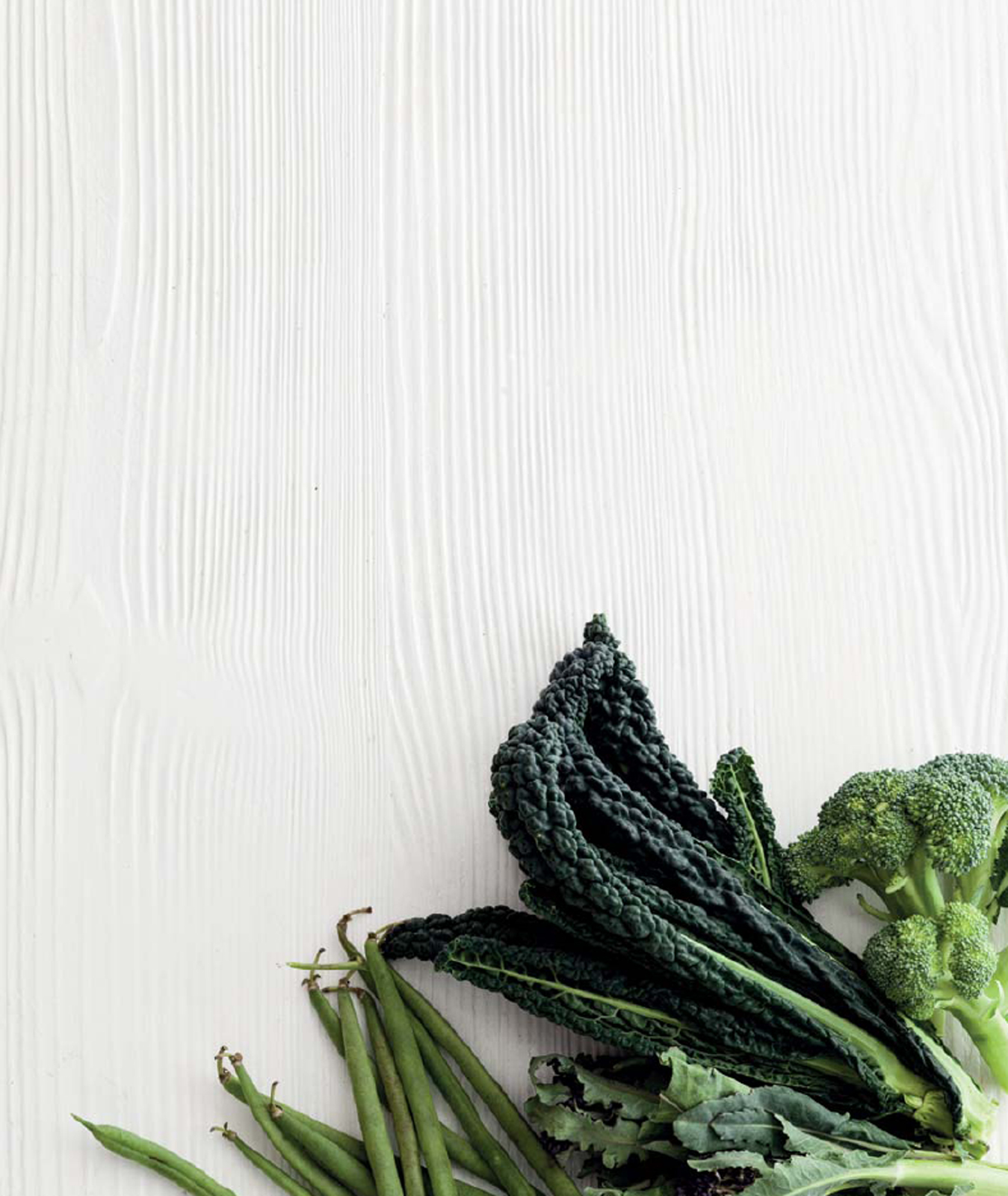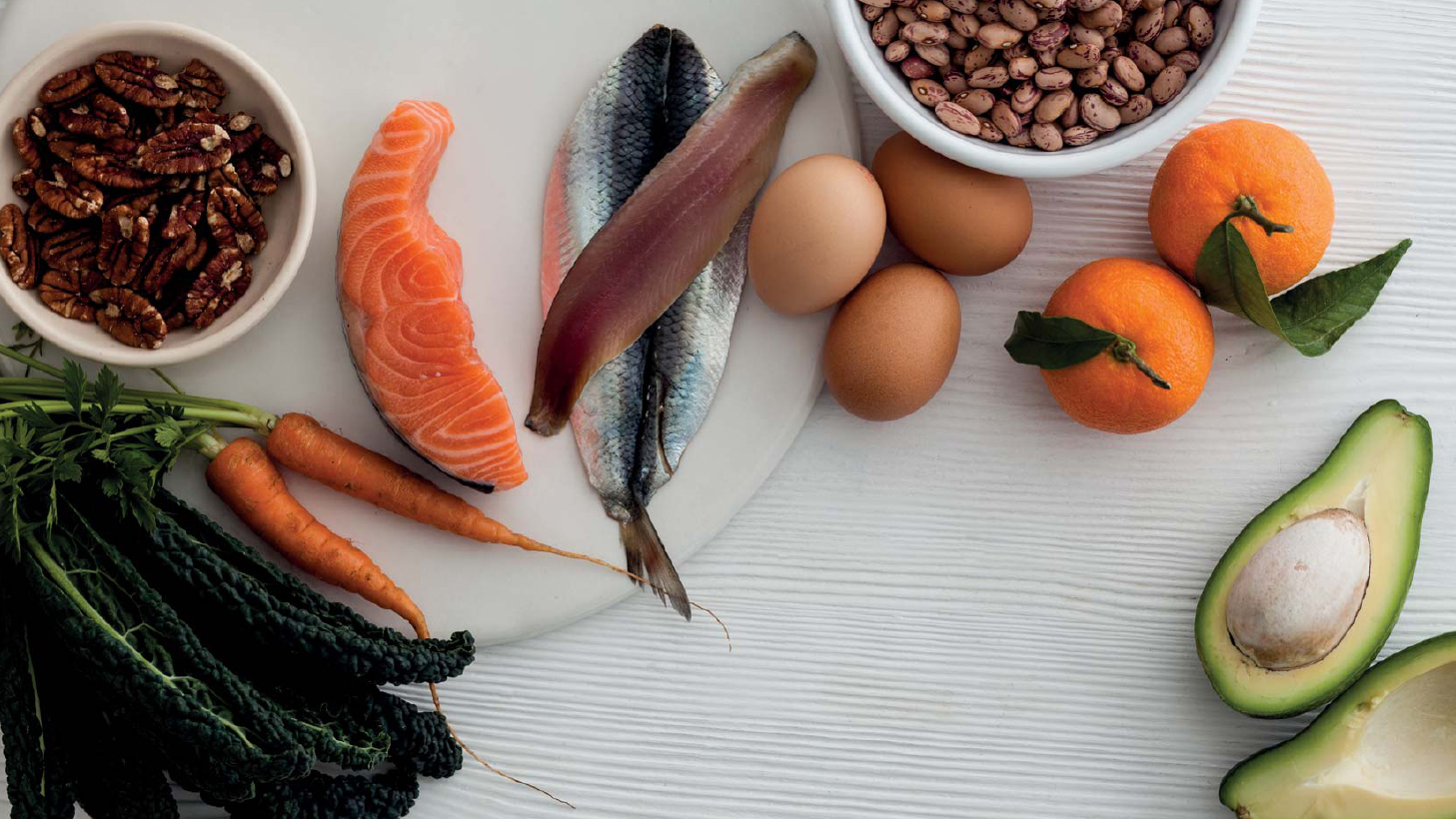Key to symbols
 Digestive boost
Digestive boost
 Blood-sugar balance
Blood-sugar balance
 Acidalkaline balance
Acidalkaline balance
 Egg friendly (female hormone balancers)
Egg friendly (female hormone balancers)
 Sperm friendly (male hormone balancers)
Sperm friendly (male hormone balancers)
 Immune modulation
Immune modulation
 Stress relief
Stress relief
 Libido boost
Libido boost
Introduction
As a practicing fertility expert and midwife, I have always been fascinated by the role nutrition takes in every couples ability to have a healthy, happy baby.
My research and experience has shown me that good, wholesome food (and supplements when necessary) forms the bedrock of getting your body baby-ready and of making healthy eggs and sperm. Over the course of my many years in this field, I have come to the conclusion that micronutrients play a big role in getting pregnantboth naturally and through assisted conceptionwith deficiencies having significant effects on fertility for both men and women.
I also think, however, couples who want to make a baby need to have treats. Who can live without bread, chocolate, cheese and dairy? Not me! Whether you are just embarking upon trying for a baby, have been trying for a while without success, or have been diagnosed with a fertility problem, I want to reassure you my philosophy is simple. Strict or faddy diets involve too many restrictionsthey make what is the most normal and natural thing in the world seem strange and unfamiliar. My focus is on nourishing your body in a positive, sustainable way most of the timenot on challenging you to be 100 percent perfect. I believe small changes that are manageable within the context of your everyday life are all that you need. Quite simply, your preconception diet has to fit in with your normal life or you wont be able to keep it up. Small steps can go a long way.
When I was first asked to write this book, I thought a lot about what happens during consultations at my clinic. I am very aware that many of the issues that come between a couplejust when they need most to be togetherrelate to lifestyle. I particularly see the contention that can build up around what food and drink lands on the dining table. I often find that one partner is trying to be too rigid, while the other wants to take a more relaxed approach. I think everyone can be happyand that the resulting togetherness can only mean you create more chances of making a baby.
Over the years, I have been so lucky to work with many wonderful fertility health practitioners, doctors, specialists in integrated medicine and nutritionists. All of them have had something important to teach me. The biggest impact on me, however, has been the result of my work with Dr. Stossier, at the Mayr Clinic. There, the approach to fertility is integratedmodern medicine combined with the principles of Traditional Chinese Medicine. Most importantly, this approach has taught me of the need for balance between all the bodys systemsif one system is out of kilter, there is a ripple effect that touches every aspect of your well-being, including your fertility. Moreover, I think the connection between mind and body has a huge role to play in a couples ability to conceive, which is why I think its important your lifestyle choices are good and healthy, but also make you happy.
When I first meet a couple, I want to find out about the following thingstheir digestion and gut health, toxicity, acidalkaline balance and immunity, and how much their states of mind are affecting their bodies. Only then can I begin to advise them on how to balance all these aspects of themselves to make the journey to parenthood a successful one.
This book is intended to inspire you and your partner to build on your excitement to create the best possible conditions for having a baby. The recipes have been carefully designed not only to taste amazing, but to optimize your nutrition, too. Before you start cooking, read the first chapter for a thorough understanding of your aims, then leap into this journey together. I am sure you will find every recipe a pleasure to cook and eat.
Fertility, Food & Lifestyle
The chemistry of babymaking
We all talk about romantic chemistrythe magical, indefinable connection between two people that (when the time is right) might find its ultimate expression in a decision to have a baby. Then begins a whole new kind of chemistry, the chemistry of babymaking.
At the heart of this chemistry are your hormonessophisticated chemicals that not only have regulated key stages of your physical development since the moment you were born, but continue to help your body to respond to its environment and to govern your fertility. Creating something as complex as a responsive human being requires an extraordinary degree of coordination, control and synchronization between these hormones. You need some other vital ingredients, too:
healthy sperm
a healthy egg
healthy fertilization
healthy implanation
a healthy pregnancy
The chemistry of motherhood
During their reproductive years, women are ruled by a complex interplay of hormones designed to set up optimum conditions for pregnancy. Every month the hormones in a womans body combine to create the menstrual cycle.
The first phase in the menstrual cycle is the follicular phase, in which follicle-stimulating hormone (FSH) primes follicles in the ovaries containing immature eggs to prepare for maturation. At the same time, the level of the hormone estrogen rises, stimulating the maturation of one egg (sometimes more) and the production of secretions that will help sperm swim up the fallopian tubes, which run from the womb toward the ovaries, to reach the egg.
During the second, ovulation phase, estrogen levels reach their upper limit, the egg finally matures and levels of FSH fall. At this point, the body produces higher amounts of luteinizing hormone (LH), which triggers the rupturing of the ovarian follicle so it releases the egg. This is the point we call ovulation.
The third, or luteal phase, which in a healthy woman lasts at least 10 days after ovulation, is when the ruptured follicle produces the hormone progesterone to stop the production of FSH and LH and stimulate the womb lining to thicken in preparation for receiving a fertilized egg. If pregnancy does not occur, the level of progesterone falls and a woman enters the fourth, menstrual phase of the cyclethe period.


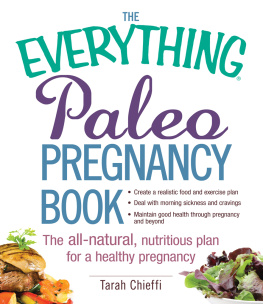
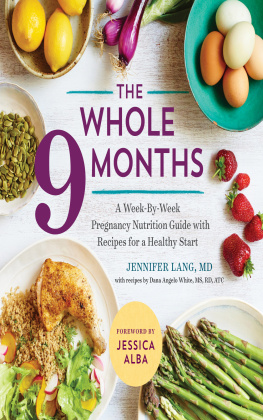

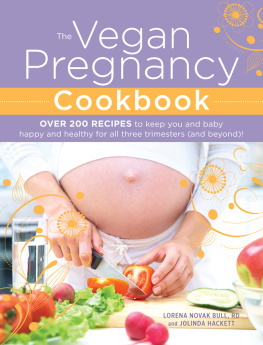
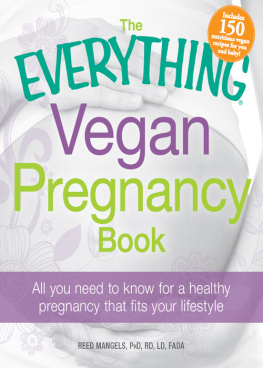
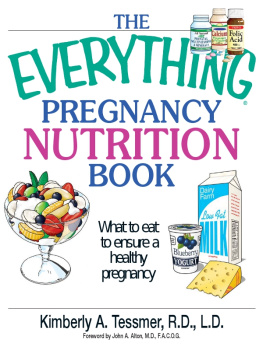
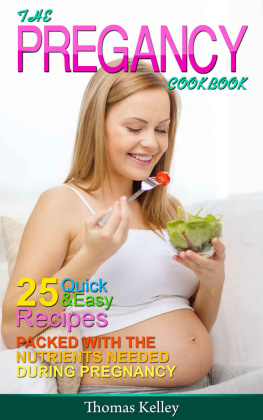
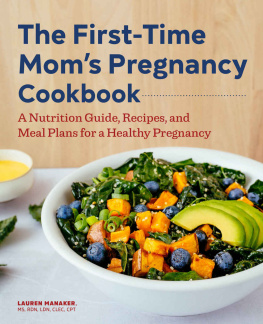
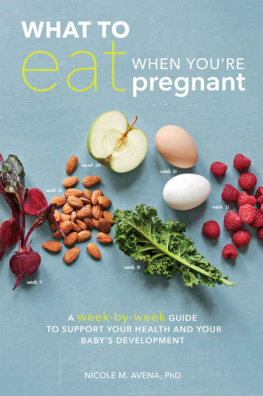


 Digestive boost
Digestive boost Blood-sugar balance
Blood-sugar balance Acidalkaline balance
Acidalkaline balance Egg friendly (female hormone balancers)
Egg friendly (female hormone balancers) Sperm friendly (male hormone balancers)
Sperm friendly (male hormone balancers) Immune modulation
Immune modulation Stress relief
Stress relief Libido boost
Libido boost